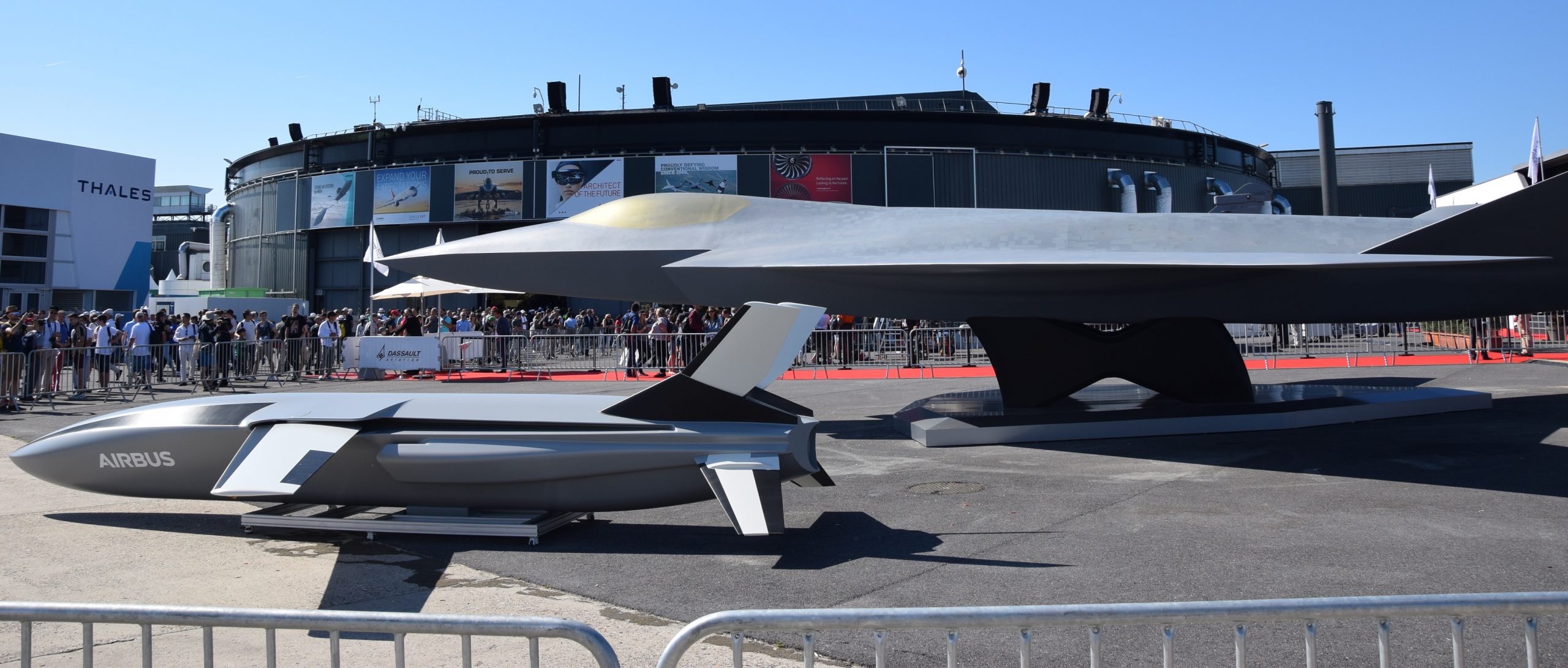
The United States is preparing to create 6th generation fighter planes in response to its opponents. The following is said by Chris Osborne, the editor of the American edition of the National Interest.
Making an extensive analysis of U.S. efforts towards 6th generation fighter planes, Osborne opines, that testing and serial production will begin at the beginning of the next decade.
“In 2030, we can have so much modern technology,” said Osborne.
The 6th generation fighter planes will perform many functions including, detection and avoidance of enemy radars, and include a host of electronic warfare systems. They will be able to collect data, conduct analysis, and transfer the same within milliseconds thanks to artificial intelligence-backed system.
The United States will be able to develop a fighter plane that will be able to launch and control drones, launch hypersonic missiles, and feature laser weapons, said Osborne.
These technologies are currently being developed by American companies and by other competitors worldwide, including in China and in Russia. Moving at supersonic speeds, these fighters will have stealth technology which cannot be detected by enemy radars and will support semi-autonomous operation modes.
These in fact are not significant innovations, said Osborne. Next-gen fighter aircraft will have self-regulating functions, such as generate fighter coverage during flight, create new armor by restoring elements and structures damaged or lost during combat; these will be part of the fighter’s self-regulating capability.
While this may seem being within the realm of science fiction, these technologies are very much achievable.
The military industry is the largest generator of innovations many of which have already found application with the Pentagon wanting to anticipate future war tactics with the help of many private research companies which are developing military products.
One such case in point is Raytheon’s Advanced Concepts and Technology program. This program aims to unite, use, and optimize the best military innovations from the field’s best minds. These technologies provides an indication of upcoming capabilities of 6th generation fighters.
Tay Fitzgerald, vice president of ACT, says it is not a research house but a developer of innovations that should become part of the military industry. The ACT program is the developer of high-energy laser weapons (HELWS).





